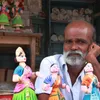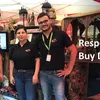Art as a platform, tool, and livelihood: creativity insights from India Art Fair 2020
In on our second photo essay on IAF 2020, we showcase more outstanding artworks on display, along with director and curator insights.
Launched in 2014, PhotoSparks is a weekly feature from , with photographs that celebrate the spirit of creativity and innovation. In the earlier 435 posts, we featured an art festival, cartoon gallery, world music festival, telecom expo, millets fair, climate change expo, wildlife conference, startup festival, Diwali rangoli, and jazz festival.
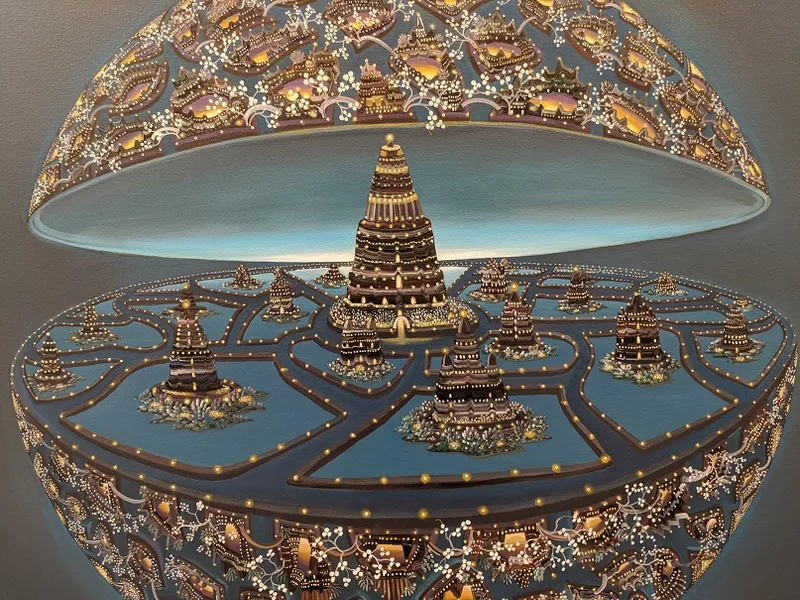
The 2020 edition of the annual India Art Fair (IAF) is being held this weekend at the NSIC Exhibition Grounds in Okhla, New Delhi. There are 81 exhibitors this year, up from 66 in 2016 (see Part I of our coverage here).
There are 66 commercial galleries participating at IAF, and an international artist collective (Britto Arts Trust). There are four cultural centres on board: the Kolkata Centre for Creativity, and embassy cultural groups of Brazil, Italy and South Korea.
“Art is a platform for discussion. Art is a tool for communication,” explains director Jagdip Jagpal, in a chat with YourStory. As trends in Indian art, she points to the rise of multimedia as well as experimental formats.
The fair features modern masters, vernacular artistic traditions, live performances, and interactive panels. New Indian galleries included this year are Art Explore (New Delhi), Arts of the Earth (New Delhi), Gallery White (Vadodara), and Pichvai Tradition & Beyond (New Delhi).
“There are more young collectors emerging,” Jagdip adds. Paintings and photographs are on the rise as well, as shown in this photo essay. Outdoor installations feature Achia Anzi and Farah Mulla (by Serendipity Arts Foundation); Anita Dube and Rathin Barman (MASH Sculptural Space), Martin Parr (PhotoInk), and Vijay Pichumani (Art Houz).
International partners this year include the BMW Group India, with eye-catching examples of ‘car art.’ The tent façade is designed by Indian artist Sameer Kulavoor. Auditorium talks feature topics like South Asian Textile Art, with Uthra Rajgopal (from the Whitworth, Plans for Future Museums), Sophie Makariou (Paris's Musée Guimet) and Kamini Sawhney (Museum of Art & Photography).
IAF 2020 featured creative works by a range of artists, some of whom are showcased in this photo essay. They include Soma Das, KS Radhakrishan, Abhijit Pathhak, G Ravinder Reddy, Bholanath Rudra, Raghava KK, Rana Begum, Olivia Fraser, Maite Deltell, Yaacov Agam, Subodh Kerkar, Ravi Agarwal, and Mahirwan Mamtani.
One of the featured exhibitors is Studio Renaissance, founded in August 2017 in the service of art for the collective welfare of humanity. “Its mission is to make inner and outer worlds beautiful and bestow sublime joy to all,” explains Divyendu Anand, Founder and Director.
“We want to use art as a vehicle for social awakening, cultural enlightenment and spiritual transformation,” he adds. He describes their journey as challenging as well as fascinating, since the aim is to work against the rampant commercialisation and politicisation of art.
“For us, art is a soulful and meaningful expression and should lead to the all-round development of the individual as well as society,” Divyendu emphasises. Ten artists, including painters and sculptors, are associated with the studio.
“The real success for us would be when we achieve our vision of an exploitation-free world where every individual gets the opportunity to lead a dignified and fulfilled life,” he enthuses.
The price range for the studio’s artworks is from Rs 10,000 to Rs 1.5 lakh. “We do not run after awards, the real reward for us would be when we achieve our vision. Sales for us is not the goal, just a medium to sustain the movement,” Divyendu adds.
He also offers tips for aspiring artists. “Awaken the spiritual quest in yourself, without which all your artistic endeavours will not be fulfilling either for humanity or yourself,” he urges. “Secondly, there is no substitute for hard work,” Divyendu says.
Exhibitors at IAF 2020, some of whom are featured in this photo essay, include Aakriti Art Gallery, Akar Prakar, Anant Art, Archer Art Gallery, Art Alive Gallery, Art Explore, Art Motif, Chatterjee & Lal, Chawla Art Gallery, 1X1 Art Gallery, DAG, Dhoomimal Gallery, Enami Art, Experimenter, Galerie ISA, and Gallerie Ganesha.
There were also brilliant artworks on display by Gallery Art Positive, Gallery Espace, Gallery Nvya, GallerySKE, Grosvenor Gallery, Jhaveri Contemporary. Kalakriti, Kolkata Centre for Creativity, Museum of Goa, Nature Morte, Palette Art Gallery, PhotoInk, PSM Gallery, Sanchit Art, Shrine Empire, Taschen, Vadehra Art Gallery, and Wonderwall.
Radhika Bharat Ram, Hon. General Secretary, Delhi Crafts Council (DCC), also shared insights from the fifty-plus years of the organisation’s journey. The Council works for the promotion and development of traditional artisans and craft skills in a contemporary environment, and is exhibiting at IAF for the third time.
“Sustainable livelihoods is the Council’s first priority, in a sector recognised as the second-largest source of employment in India after agriculture,” Radhika explains. This is supported by an emphasis on revival, marketing, and design of languishing crafts, as well as identification of and support to young talent.
Affiliated to the Crafts Council of India and the World Crafts Council, DCC was founded by Kamaladevi Chattopadhyay in 1967. Many of its craftsmen have gone on to become successful masters. Art forms like Saanjhi and Chamba Rumal have been made more sustainable.
One of DCC’s important annual programmes is the Kamaladevi Puraskar, instituted in 1986. Awards are given to encourage children between the age of 14 and 20 who are skilled in crafts, to continue to practice their tradition and eventually take it up as a means of livelihood. “Through this award, we hope to impart in them a sense of pride and dignity in their skills,” Radhika enthuses; this is where success lies.
“Each year, we have got an amazing response at IAF. People have appreciated the work displayed, and for us, it is a great platform to showcase the amazing craftsmanship of our country,” she affirms.
She also offers words of advice for aspiring artists. “Try to develop a vision stemming from an inner conviction, and create works of authenticity,” Radhika signs off.
Now, what have you done today to pause in your busy schedule and do your bit to promote the vast cultural diversity of our society?
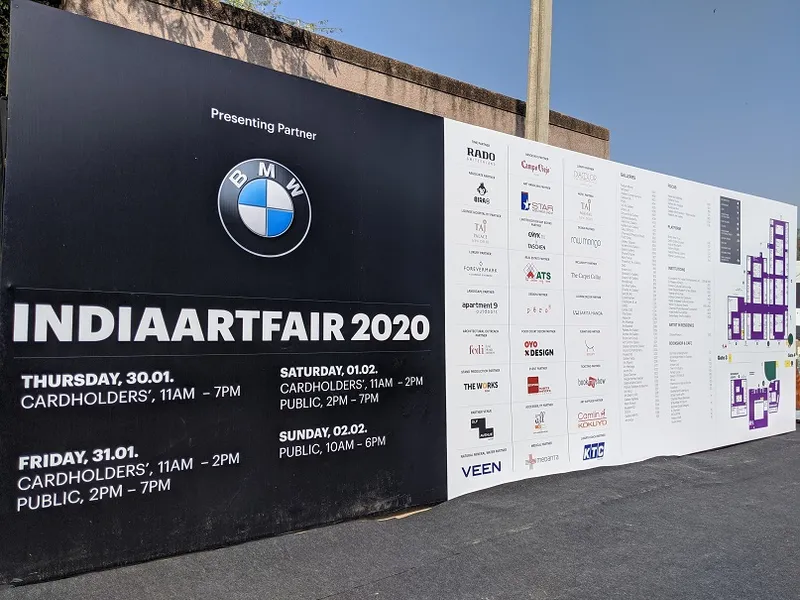
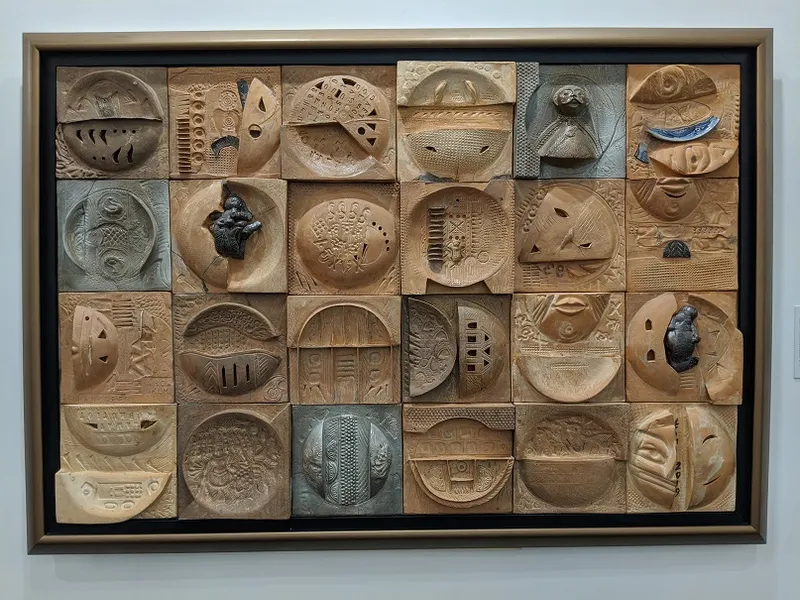
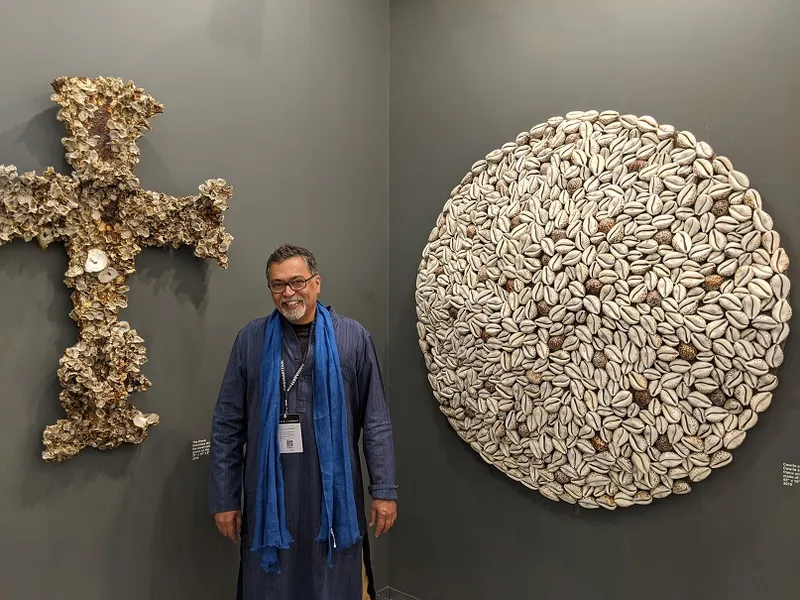
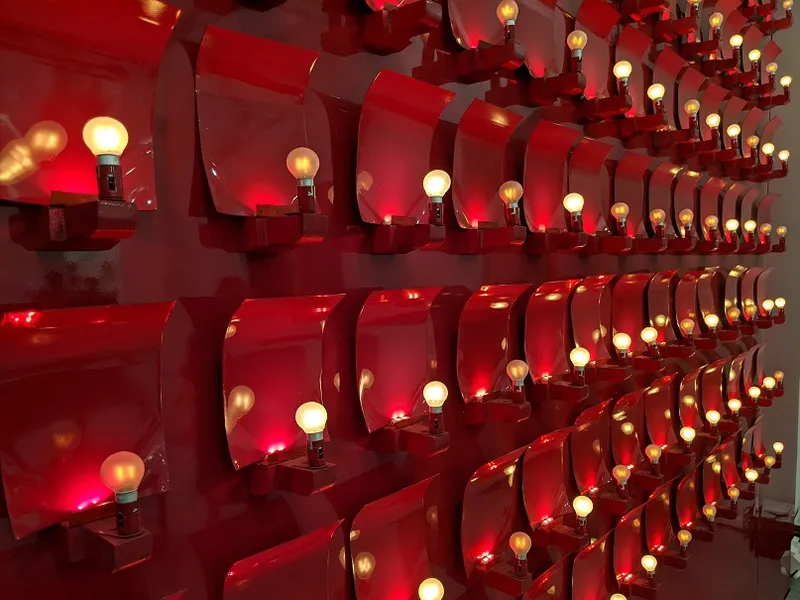
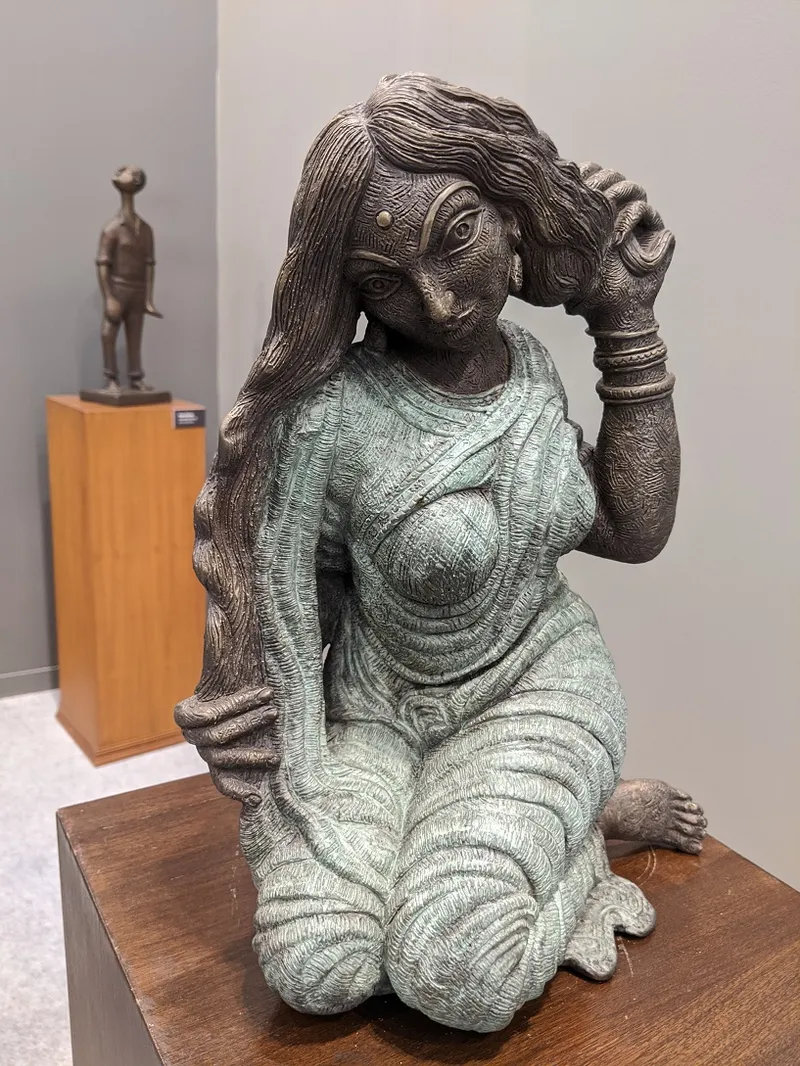
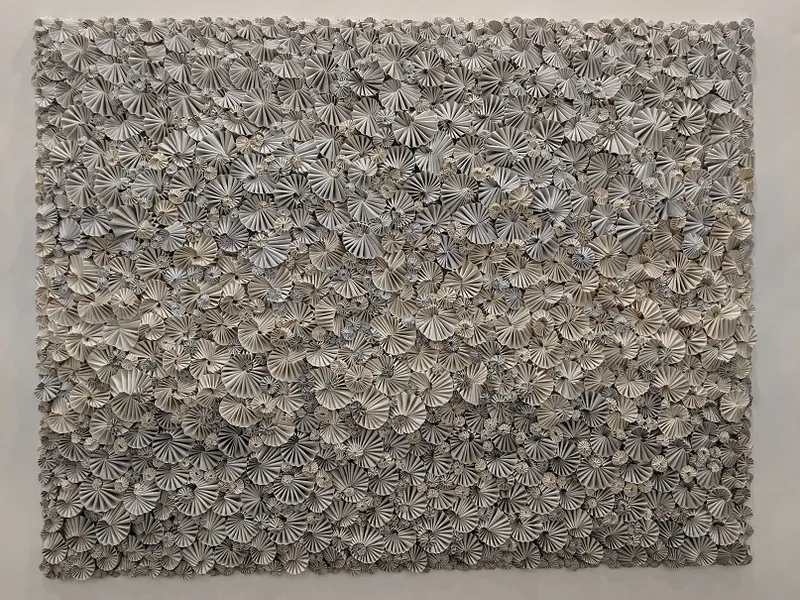
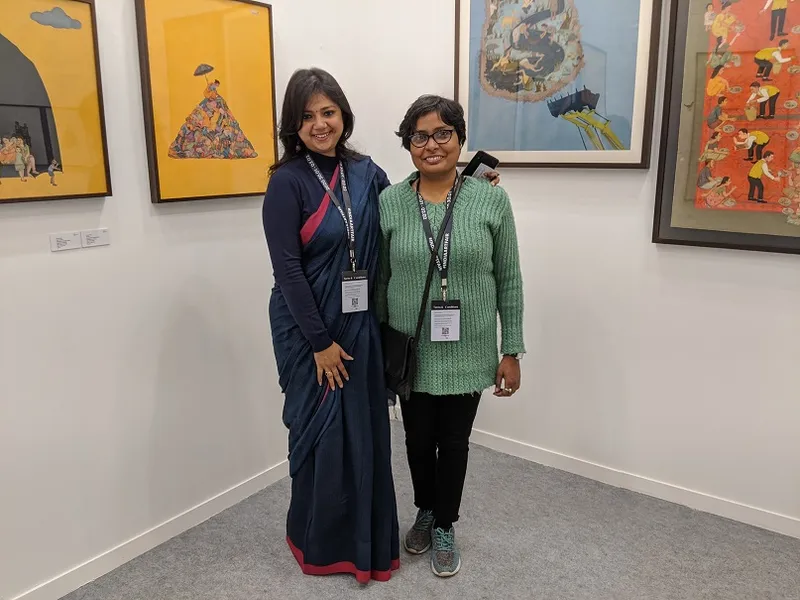
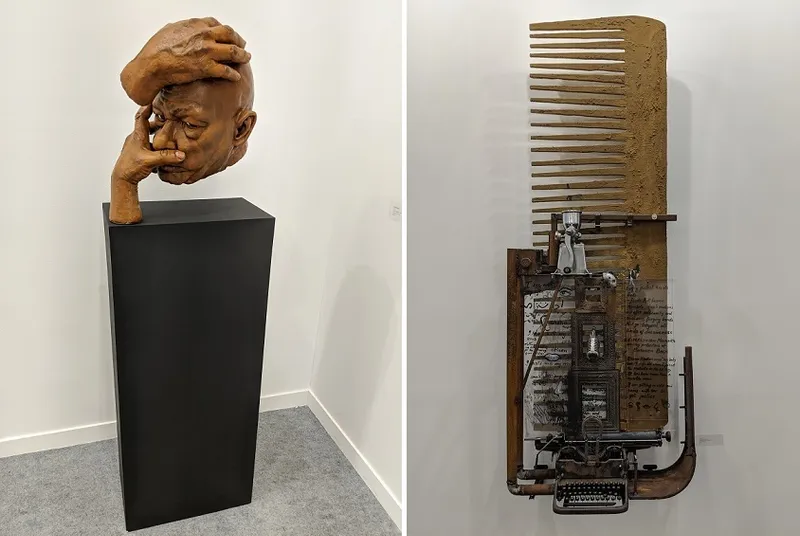
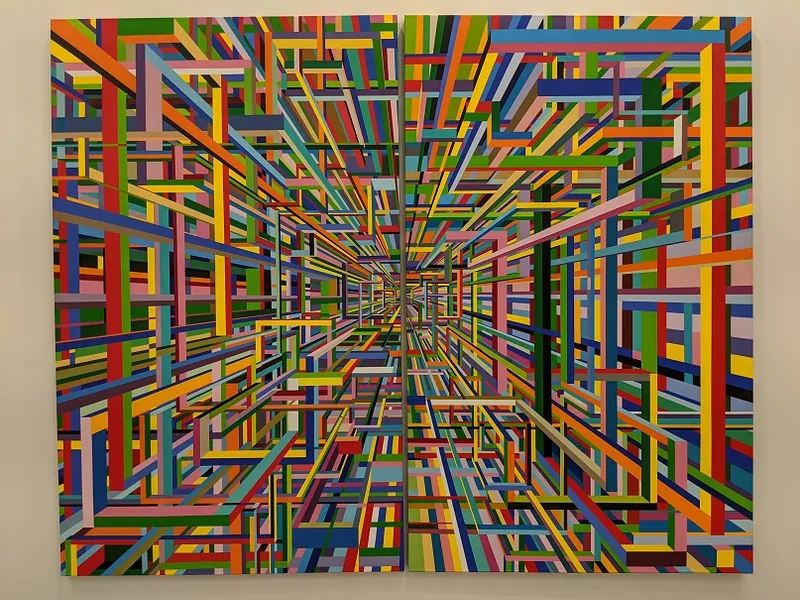
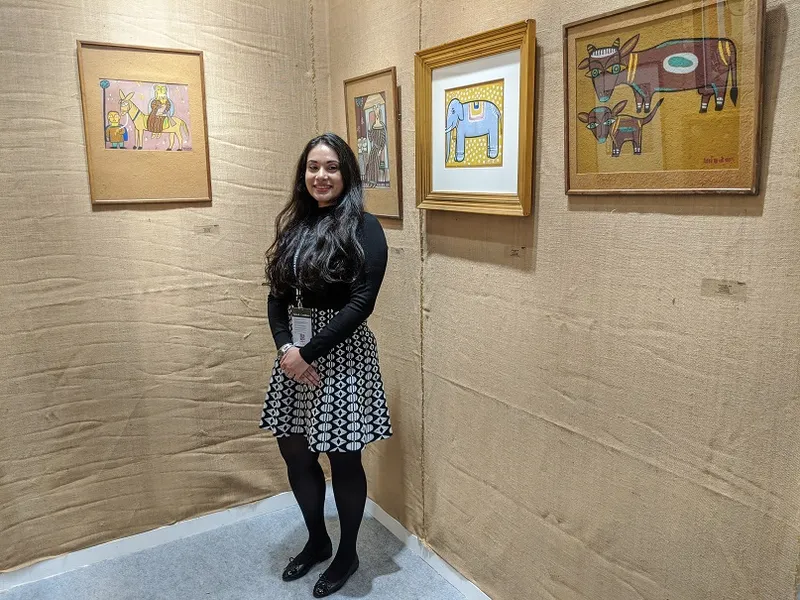
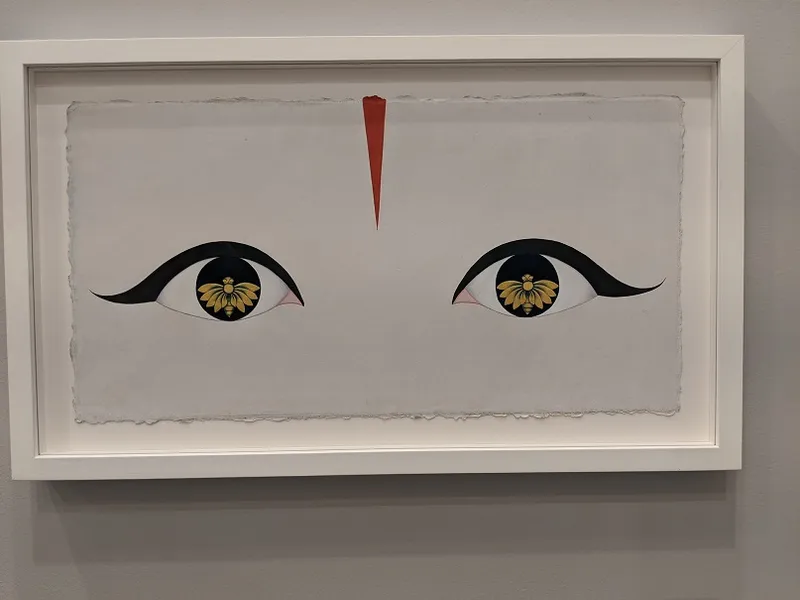
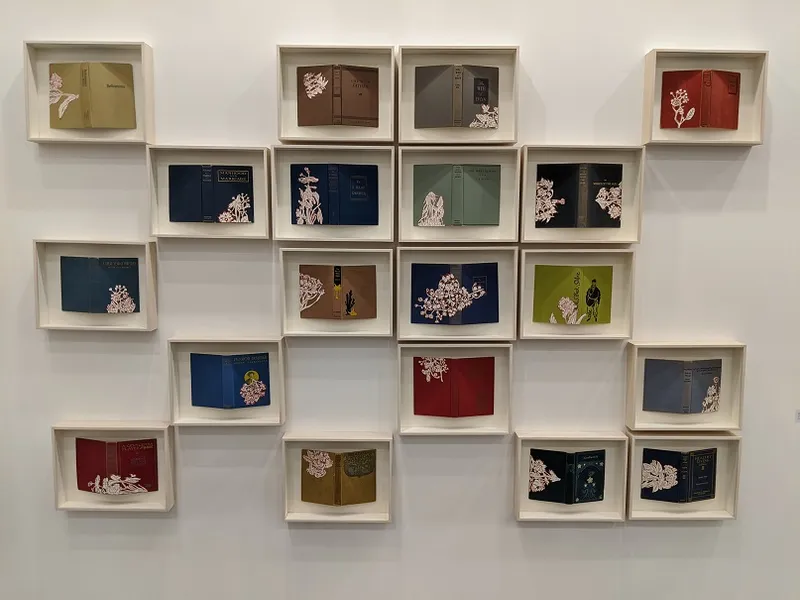
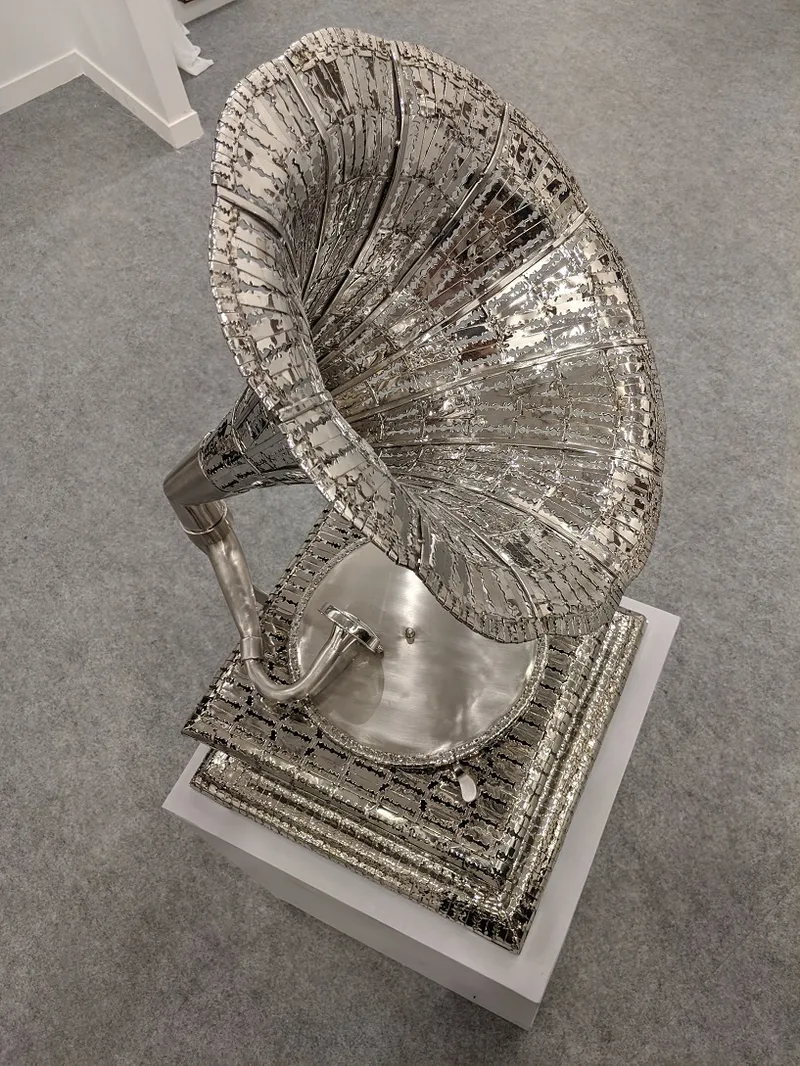
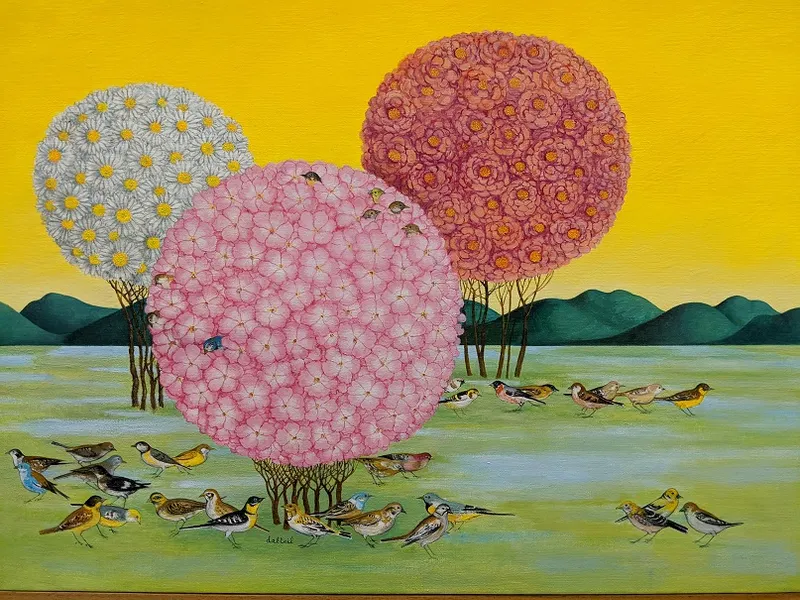
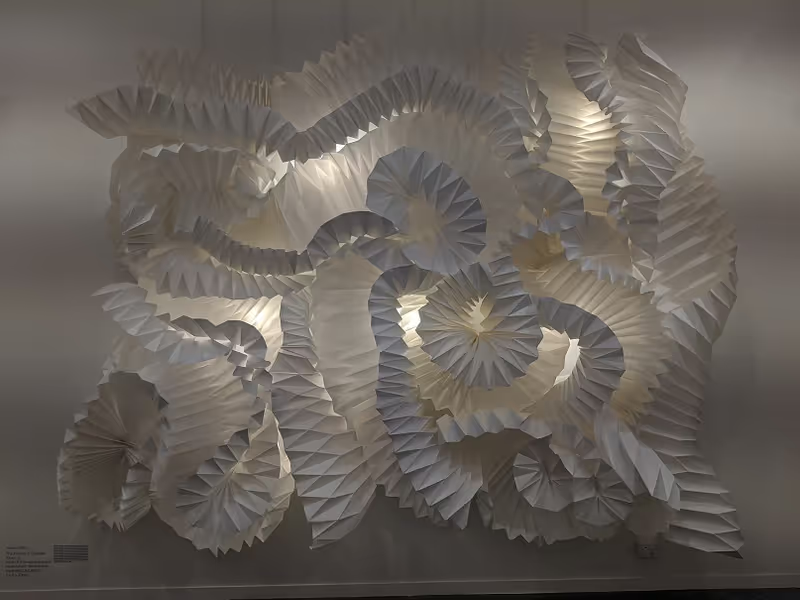
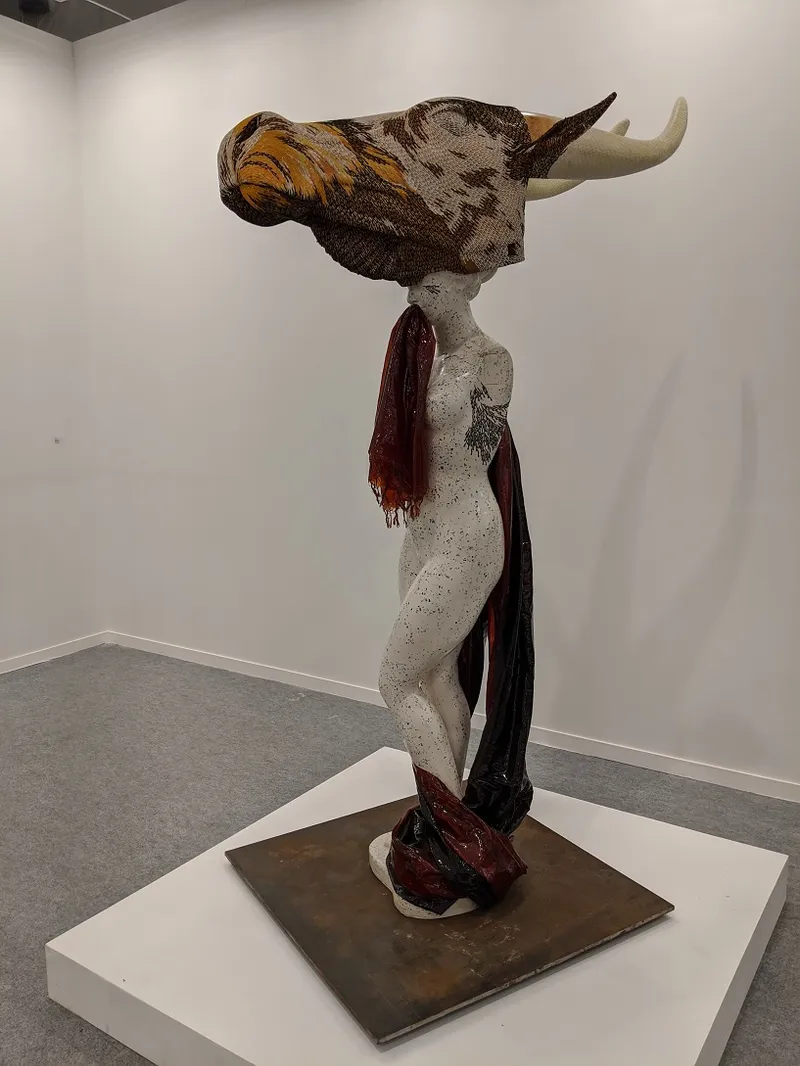
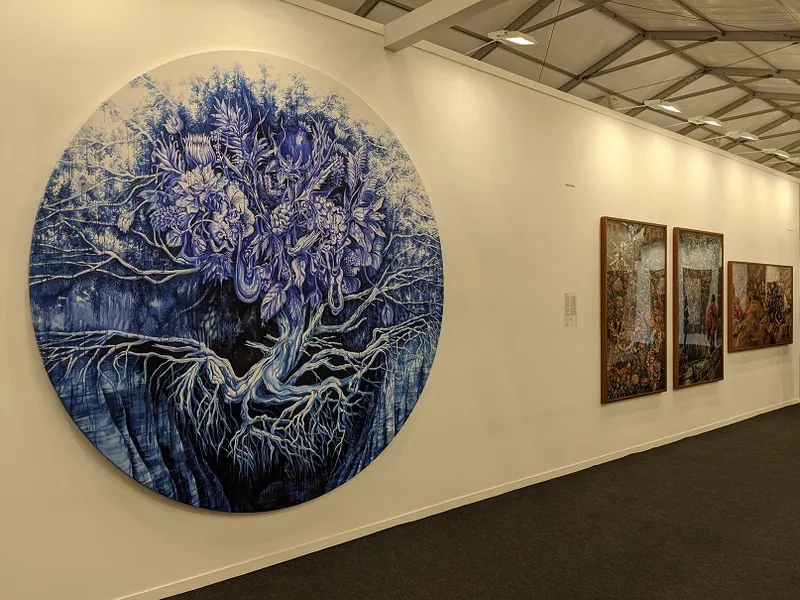
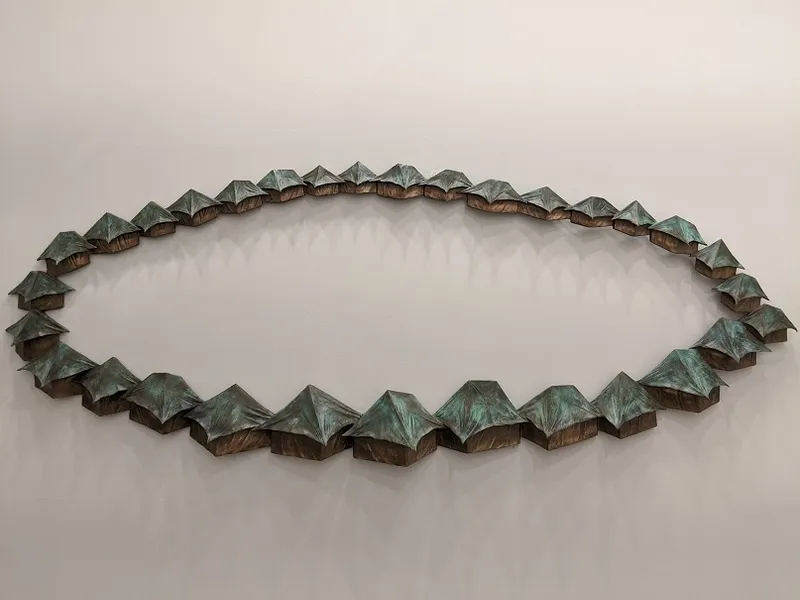
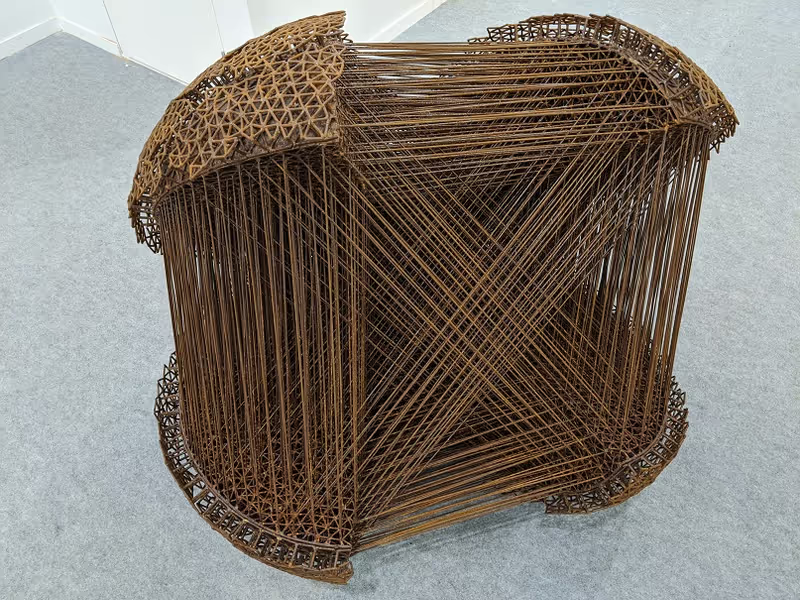
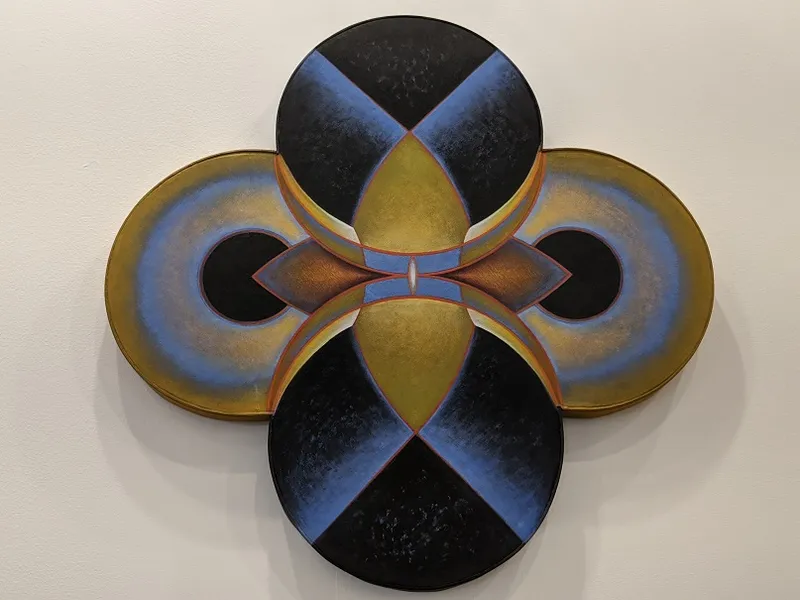

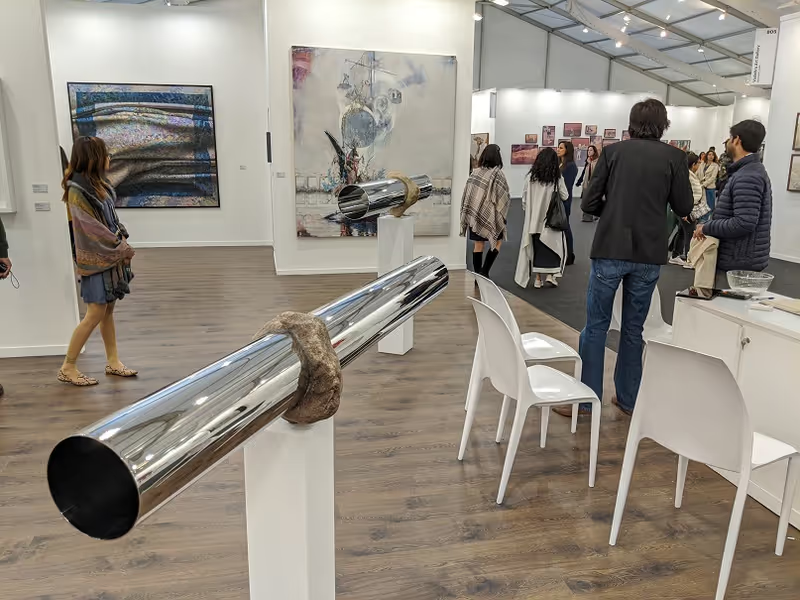
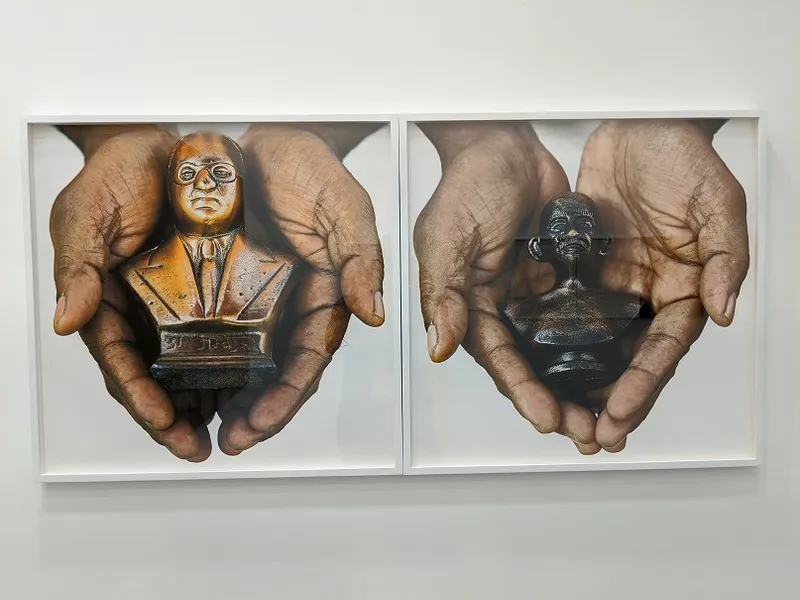
Got a creative photograph to share? Email us at PhotoSparks@YourStory.com!
See also the YourStory pocketbook ‘Proverbs and Quotes for Entrepreneurs: A World of Inspiration for Startups,’ accessible as apps for Apple and Android devices.



